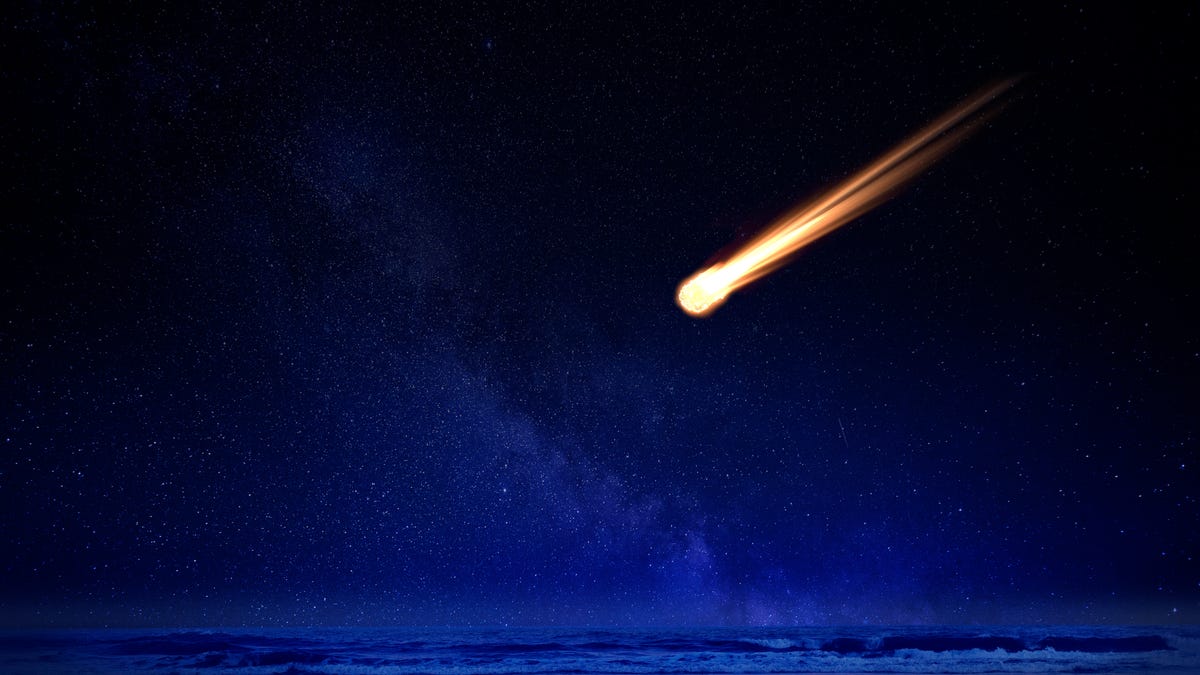NASA: A massive meteor exploded over Earth, but almost no one noticed
The fireball flew across the Bering Sea in December.

A fireball the size of the one that exploded over the Bering Sea is only expected about two or three times every 100 years, says NASA.
A giant fireball exploded in Earth's atmosphere on Dec. 18 off the coast of Russia over the Bering Sea.
It was the second-largest known meteor explosion in the past 30 years, according to NASA data. The fireball released a blast with an impact energy of 173 kilotons at just 25.6 kilometers above Earth's surface. (At around 100 kilometers you'd be in space.)
A fireball this big is only expected about two or three times every 100 years, Lindley Johnson, planetary defense officer at NASA, told BBC News on Monday. However, because of its remote location, almost no one noticed. Military satellites picked it up and reported it to NASA .
NASA's data shows the two largest fireball explosions in recent years -- one above Russia in 2013, the other above the Bering Sea in 2018.
The fireball is second only to one that exploded 23.3 kilometers above Chelyabinsk, Russia, in 2013, with an impact energy of 440 kilotons. Witnesses said one meteorite damaged a zinc factory in the Chelyabinsk region and disrupted the city's internet and mobile service. The blast set off a shock wave that broke nearby windows and set off car alarms.
NASA didn't immediately respond to a request for comment. Though some folks have tweeted photos of the meteor.
See the 2nd-largest meteor explosion in modern history.
— Red T Raccoon (@RedTRaccoon) March 18, 2019
It is very tiny in the picture but I tried to zoom.https://t.co/XRtXFaL7hG pic.twitter.com/PyEuOYdh9X
Last year’s Bering Sea meteor explosion as seen from the... https://t.co/UPwJfdiJL3 pic.twitter.com/RPE28xBBmG
— Love Everyone Often (@LoveEveryone144) March 18, 2019
First published on March 18, 10:07 a.m. PT.
Updates, 12:59 p.m. PT: Adds tweets about the fireball explosion.

